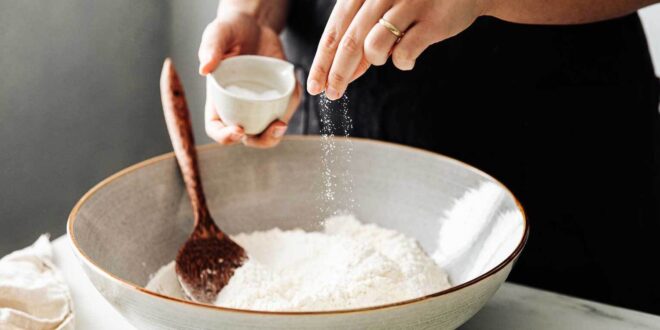If your doctor’s ever winced after looking at your blood pressure, you’ve probably heard the advice: “Cut back on salt.” Easy to say, but not always easy to do. Salt sneaks into the tastiest things—crunchy snacks, soups, and even bread. If you’ve ever stayed in an assisted living community or just followed someone else’s cooking for a while, you know salt finds its way in everywhere. But here’s the real truth: dialing down the sodium doesn’t mean living on celery and sad salads.
Let’s talk about a few simple tweaks you can actually stick with—no chef skills required.
Start with a Taste Test
First off, try an experiment. For the next couple of days, notice how much salt you shake on your food or how salty your favorite snacks taste. Sometimes you don’t even realize you’re reaching for the shaker out of pure habit. Get curious—just for a little while. The American Heart Association has a quick lowdown on why less sodium matters and good ways to spot it.
Flavor Comes First—Try Herbs and Spices
If your tastebuds are used to a lot of salt, plain steamed veggies or grilled chicken might feel like chewing cardboard. The trick: load up on herbs and spices! Garlic powder, black pepper, lemon juice, fresh basil, smoked paprika—a little sprinkle goes a long way. Even a splash of vinegar can totally perk up a dish. Give something new a chance, and you might not even notice the salt missing. Mayo Clinic offers a great guide to seasoning without sodium.
Read Those Sneaky Labels
You’d be surprised at where salt hides. Even sweet treats and things you wouldn’t label “salty,” like cottage cheese or breakfast cereal, can pack a sodium punch. Next time you’re at the store, make it a little game—pick up two similar items and see who’s got more sodium per serving. Go for the lower one, just to start. You don’t have to go cold turkey (unless, of course, you’re shopping for actual turkey).
Easy Swaps That Make a Big Difference
- Trade processed foods (like instant noodles or frozen dinners) for simpler versions. Even just cooking pasta and tossing it with olive oil and sautéed veggies is a win.
- Rinse canned beans, tuna, and veggies to wash away extra salt.
- Choose “low-sodium” or “no-salt-added” when you can. A little at a time, your palate will adjust.
- Make your own salad dressings or dips—you’ll be shocked how easy (and tasty) it is to skip the bottled stuff.
Eating Out? Be the Boss
Restaurant meals are notorious for going heavy on the salt. Don’t be shy—ask for sauces or dressings on the side, or even tell your server you’re watching your sodium. A little polite request goes a long way. The Cleveland Clinic shares more tricks and real food swaps on their website.
The Slow, Steady Shift
Cutting back on salt doesn’t have to happen overnight. Give your taste buds a week or two. Before you know it, the foods you used to love might start to taste too salty. And food will probably start popping with flavors you totally missed before.
Just remember, small changes add up. Whether you’re chef-ing for yourself, cooking with grandkids, or living in an assisted living community with set meals, a gentle nudge here and there can make a big difference over time—for your blood pressure, your heart, and, honestly, your dinner plate too.
 Abhi Foods – Meal Planning Tips
Abhi Foods – Meal Planning Tips





